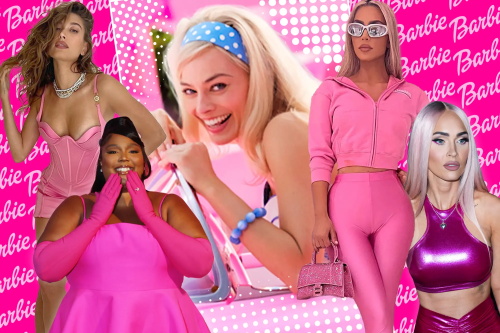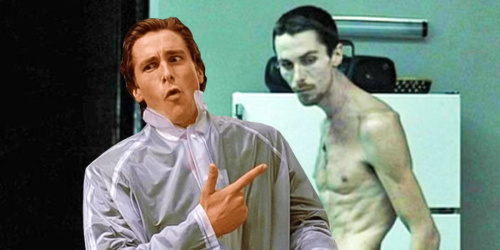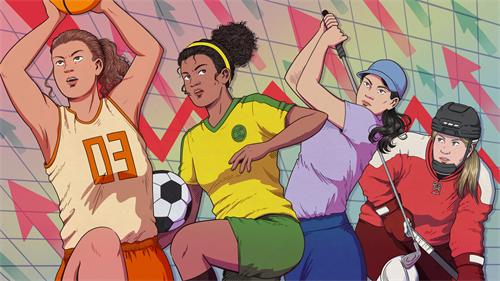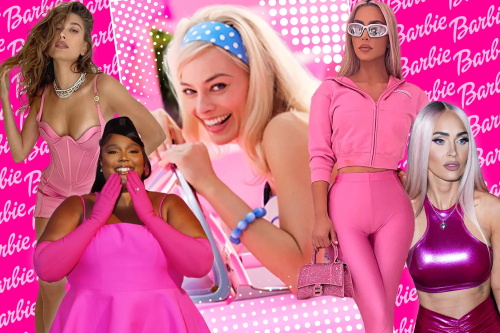Why ‘Barbiecore’ is More Than a Trend—It’s a Feminist Statement

Since Barbie's debut at the New York Toy Fair in 1959, this doll created by Mattel has gone through more than sixty years of evolution. At first, Barbie’s creation was closely tied to the patriarchal aesthetics dominant at the time—her prototype was the German Lili Doll, originally designed for adults. Her body proportions reflected unrealistic beauty standards: a voluptuous bust, a tiny waist, and a flawless face. These characteristics were projections of the male gaze onto the female body.
However, Barbie’s history has not remained static. In recent years, this iconic doll has been reexamined and infused with feminist significance. Especially with the release of the ‘Barbie’ movie, the so-called “Barbie aesthetic” has gained new social meaning, transforming from a mere pop culture symbol into a representation of female consciousness and awakening.
The “classic” Barbie in the film is the starting point of this transformation. Her identity is a blank slate—she has no specific job, no personal relationships. This very “blankness” symbolizes infinite possibilities but also reflects a kind of systemic constraint—she must always be young, wear high heels, and be “perfect” every day. It’s as if her existence only holds value when she conforms to society’s standards of beauty and happiness. But when Barbie begins to question concepts like “death” and “self,” she spirals into a crisis of meaning—a turning point not just for the character, but as a metaphor for the awakening of female individual consciousness.
A major shift in the film occurs when Barbie and Ken leave Barbieland and enter the real world. In Barbieland, Barbies dominate politics, economics, science, and other fields, while Kens are merely side characters. But when Ken experiences male “power” in the real world, he brings that newfound awareness back to Barbieland, transplanting patriarchal structures into what was once a utopian society. This leads to the temporary loss of self among the Barbies. What follows is a growing conflict and resistance, as the Barbies begin to reflect, fight back, and ultimately reclaim their power.
This narrative arc is not only a development of feminist themes, but also a microcosm of the evolution of human power structures. From matriarchal societies to the rise of patriarchy, men transformed physical “strength” into institutional “power,” maintaining this dominance ever since. The film uses a fictional Barbie world to mirror reality, highlighting the absurdity and fragility of such power transitions.
Importantly, ‘Barbie’ doesn’t remain stuck in the surface-level conflict between genders. Instead, it points toward the ultimate goal of feminism: ‘‘gender equality’’. True equality doesn't mean women must succeed “like men,” nor does it require women to be “stronger” or take the reins of power. A few women holding power doesn’t mean the group as a whole has a voice. Real equality means that everyone can make free choices, without being limited by gender, roles, or social expectations.
As the movie’s ending shows, Barbie's “mother” encourages her to become her true self—without needing anyone’s permission to define her life. This is not just Barbie’s awakening, but a revelation for every individual. Whether Barbie or Ken, they are no longer mere projections of others’ worlds, but become autonomous beings through the act of choosing.
Therefore, ‘Barbiecore’ is more than pink heels and glittering dresses—it is a profound feminist declaration. It challenges patriarchal beauty standards of the past and redefines the value and meaning of female existence. Barbie is no longer a spokesperson for stereotypes, but a symbol of free choice and self-definition.
RECOMMEND FO YOU



